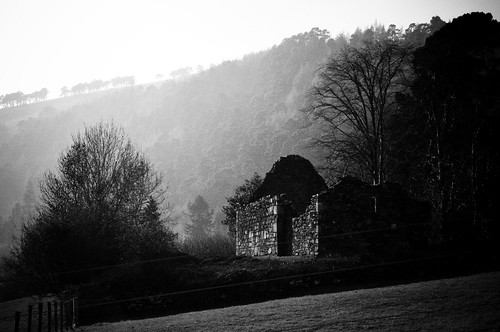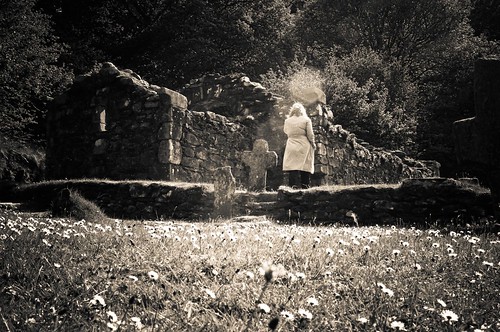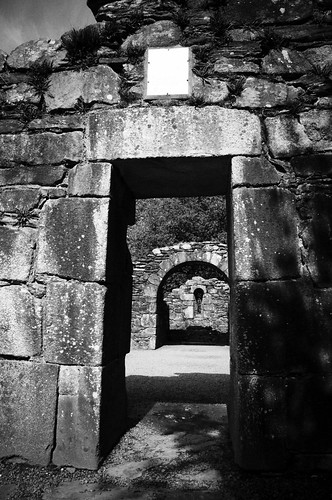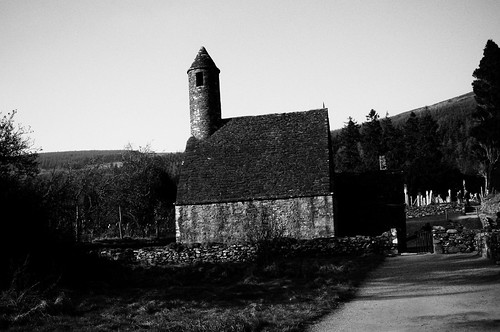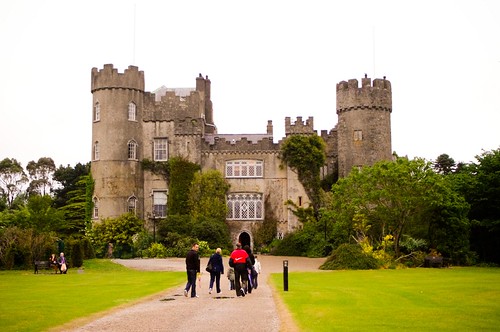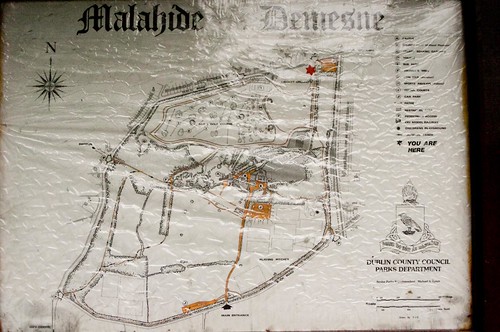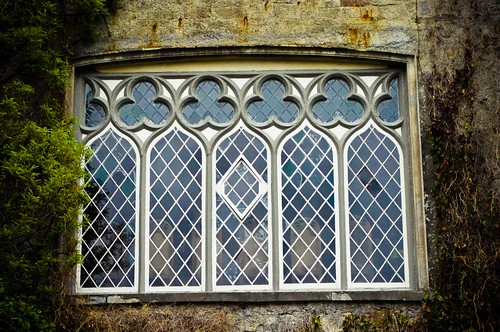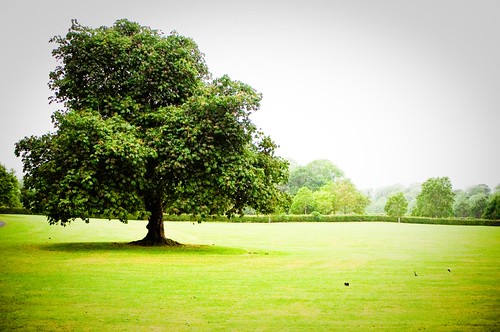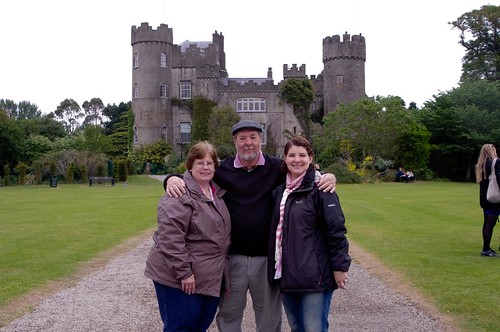February day trip around Drogheda, Part II.
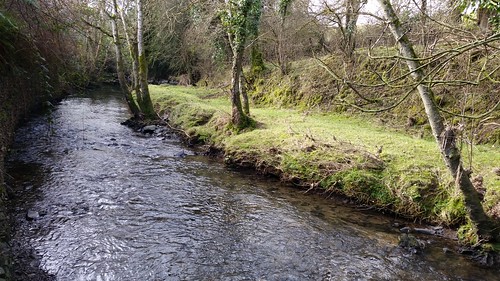
Yesterday, I told you about a brief visit to the town of Drogheda. After I had a coffee to warm up, I decided that it was worth driving the 10 km through the countryside to the Old Mellifont Abbey Ruins. The weather was starting to look more promising, and the fog was starting to burn off the hilltops.

I was hopeful that the fog would be at the Abbey Ruins still, to make for some interesting photographs. Lucky for me, when I arrived, the visitor center (formerly Ireland’s first youth hostel) was closed, there was only one small family about, and we had the place pretty much to ourselves because of the cold and poor weather. As the day warmed up though – you can see in the pictures that the fog turned to sun and changed the mood entirely.
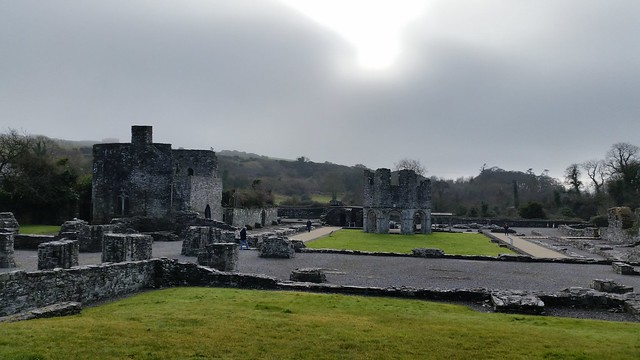
Old Mellifont Abbey was founded in 1142 by St. Malachy and was one of the first Cistercian Monasteries in Ireland. It sits on the river Mattock, which runs cheerfully bubbling through the countryside of green rolling hills. By 1170, the abbey had become an example for other abbeys built in Ireland and France architecturally. It was populated by 100 monks and 300 lay persons at the height of its influence. In 1539, it was closed (Henry the VIII) and taken over becoming a fortified house (the entry gate dating to the 15th century below).

In 1690, William of Orange used the fortified house at Mellifont Abbey as his headquarters during the Battle of the Boyne. Sadly, not long after the house went into ruins. There are only a few portions that are visible. You can walk about and see the knee high wall remnants for most of the site. The few higher walls that remain are an octagonal shaped section that dates back to the 13th century called the Lavabo. This is where the monks washed their hands before eating.
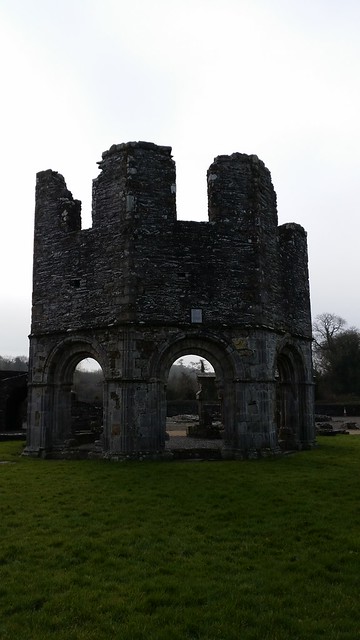
Reverse side Lavobo and some of the details like the arches, stonework, and windows:

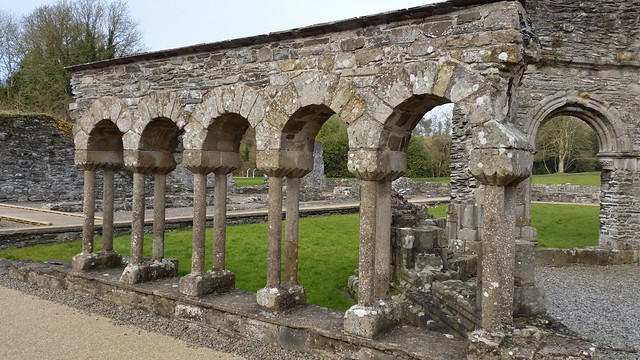

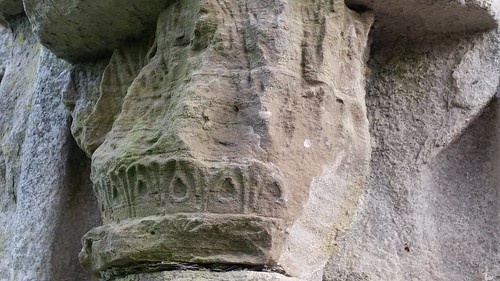

The other sections of interest are the 14th century Chapter house (with Romanesque arches and tiled floor) from about 1220:


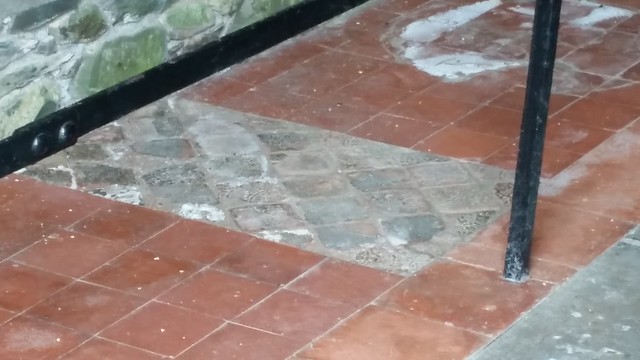
and the arched wine cellar (upper right hand corner of the picture below):

As well as the stone walkway to keep one dry going between buildings:
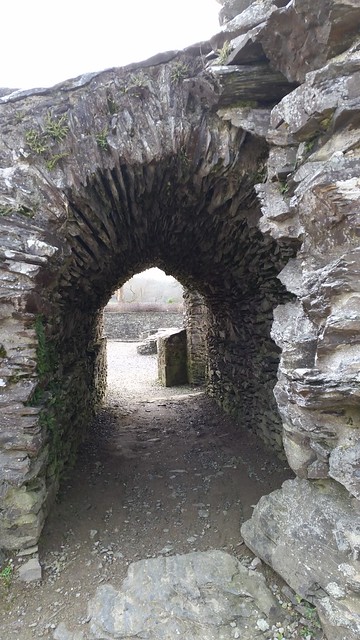
Up the hill there’s the walled ruins of a small chapel (center of the picture directly below) which you can find an old celtic cross gravestone.
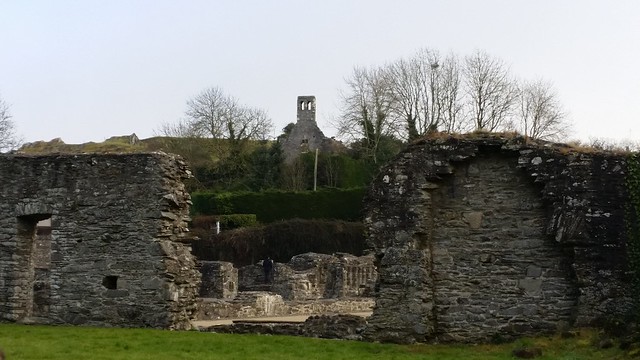
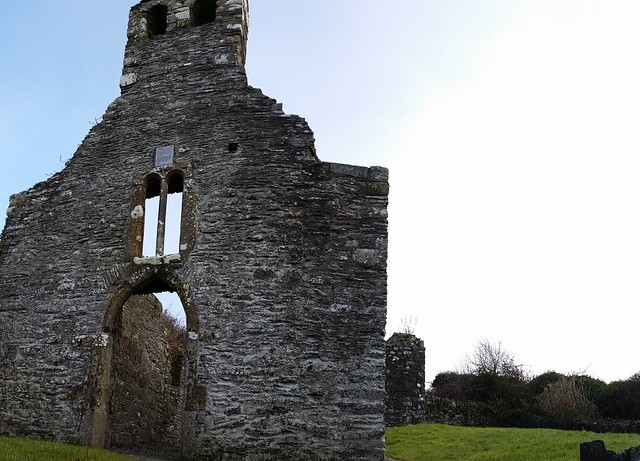
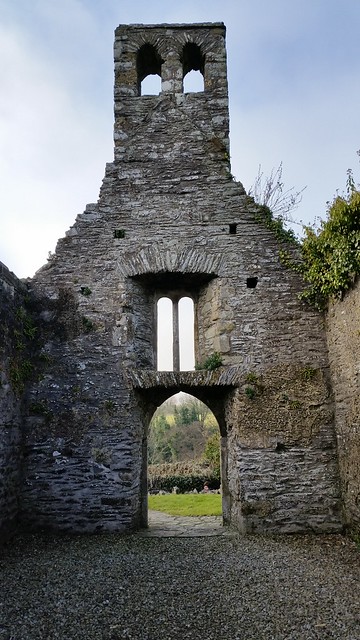
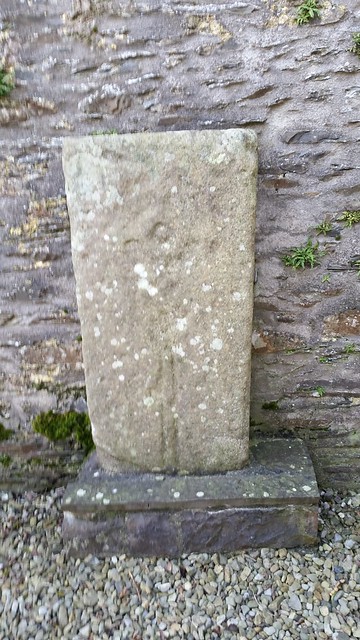
You can see a map of the general layout of the abbey pre -becoming ruins here:

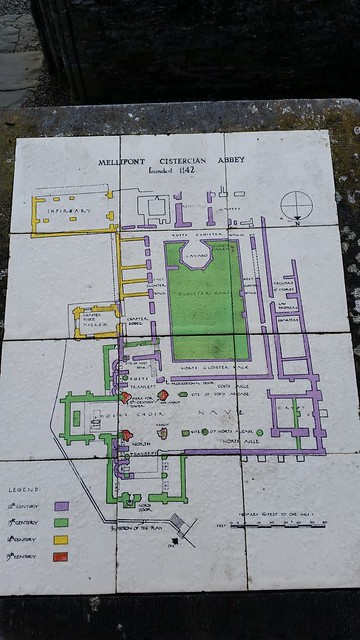
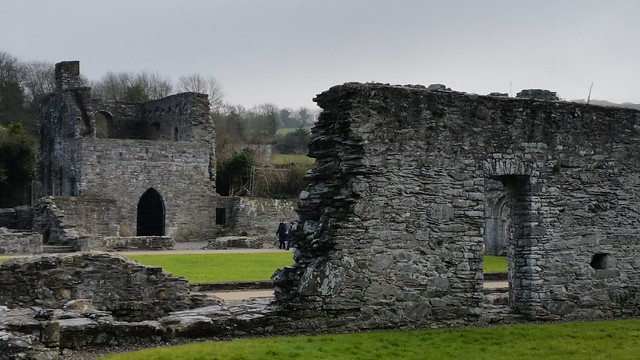
Overall the site is worth a visit just to see the layout, and because it is “free” to visit (not sure about the visitor center). I found out later that the visitor center has a good display of the architectural ruins and artifacts that have been uncovered in the area. I may need to go back to check this out. Otherwise, from here I headed back in time – to the Monasterboice Abbey Ruins – which dated to the viking times (1000 years younger) and was closed with the start of the Mellifont Abbey. More on that tomorrow.
For now, feel free to see more pictures from Mellifont Abbey in my flickr photostream.


